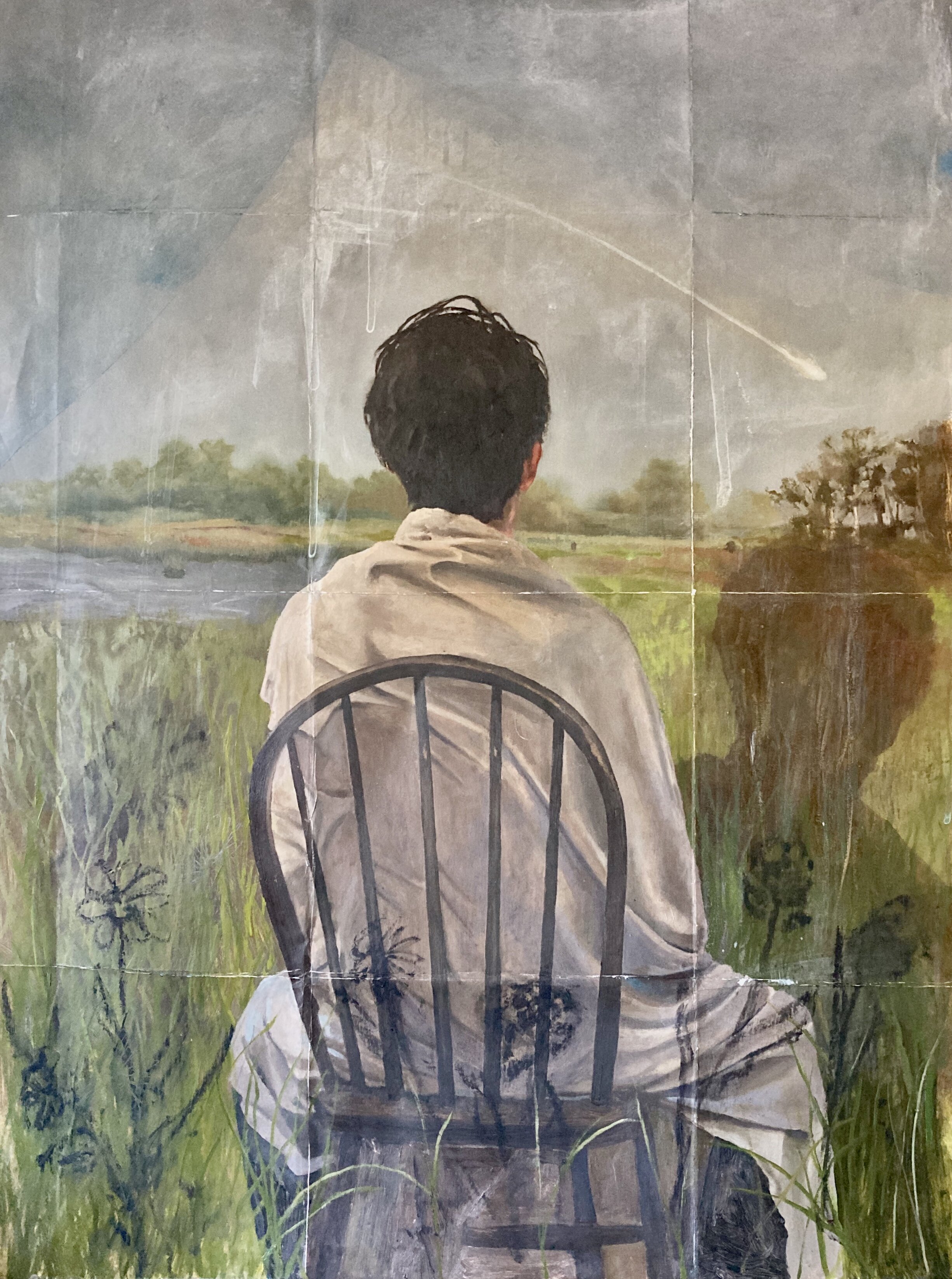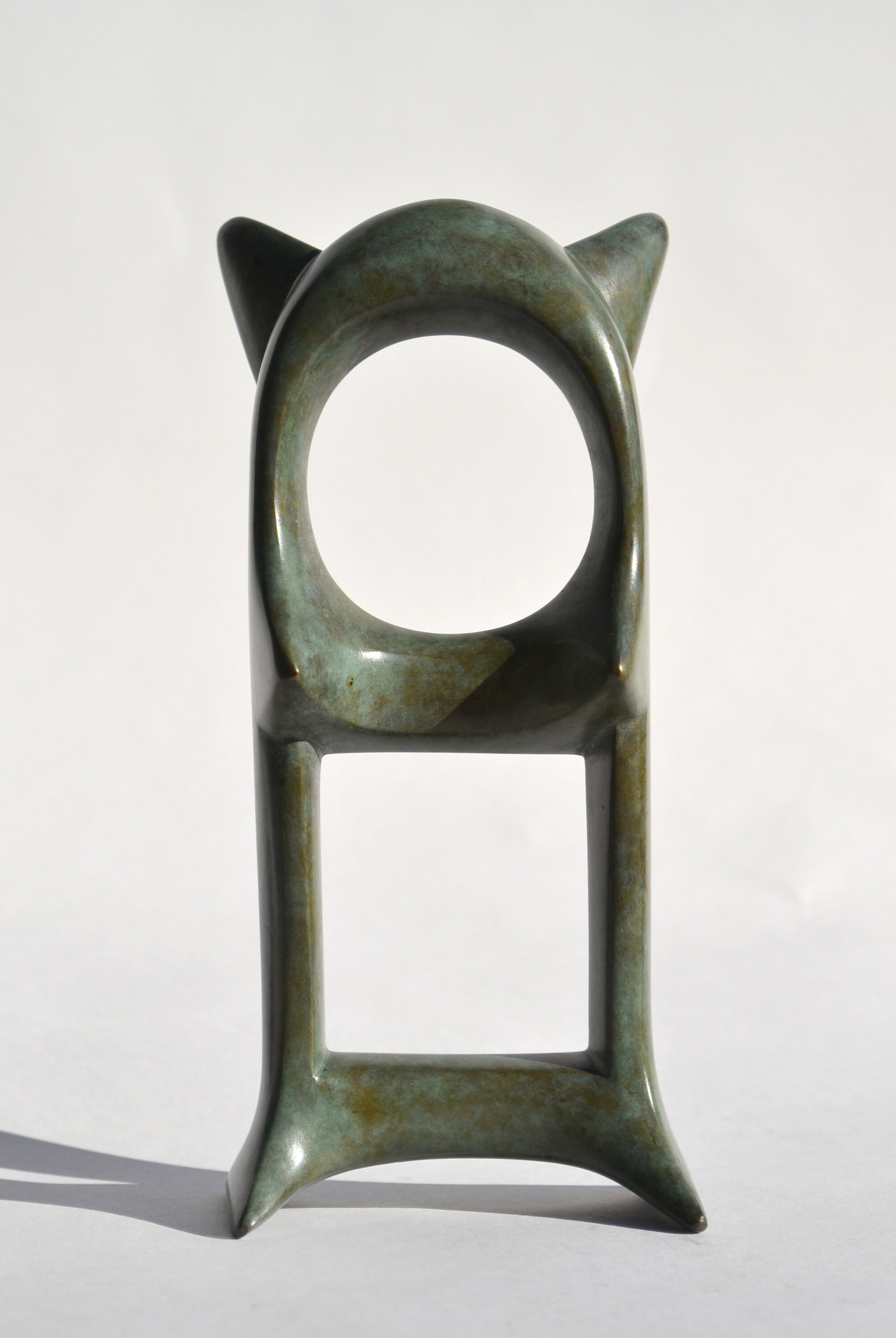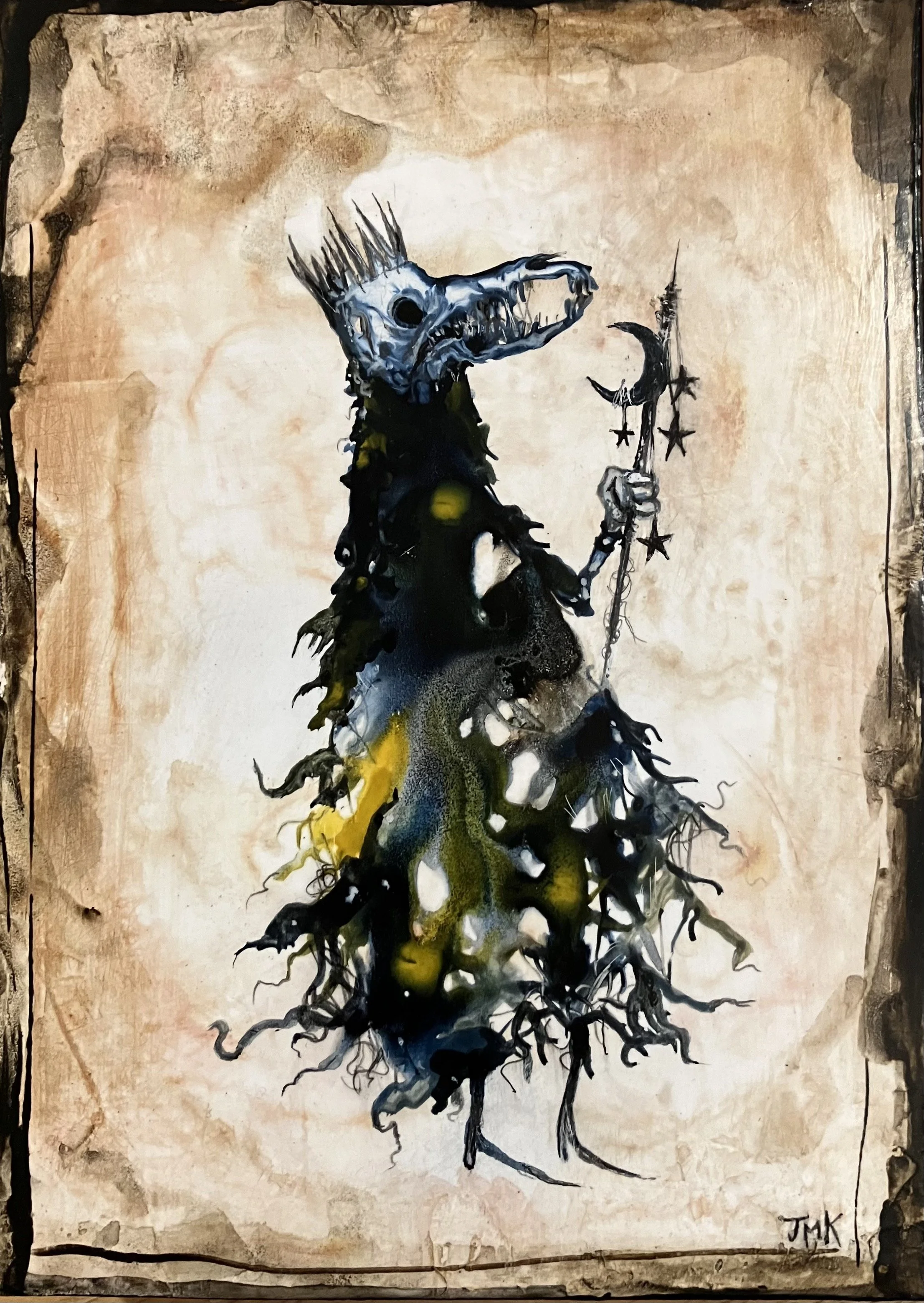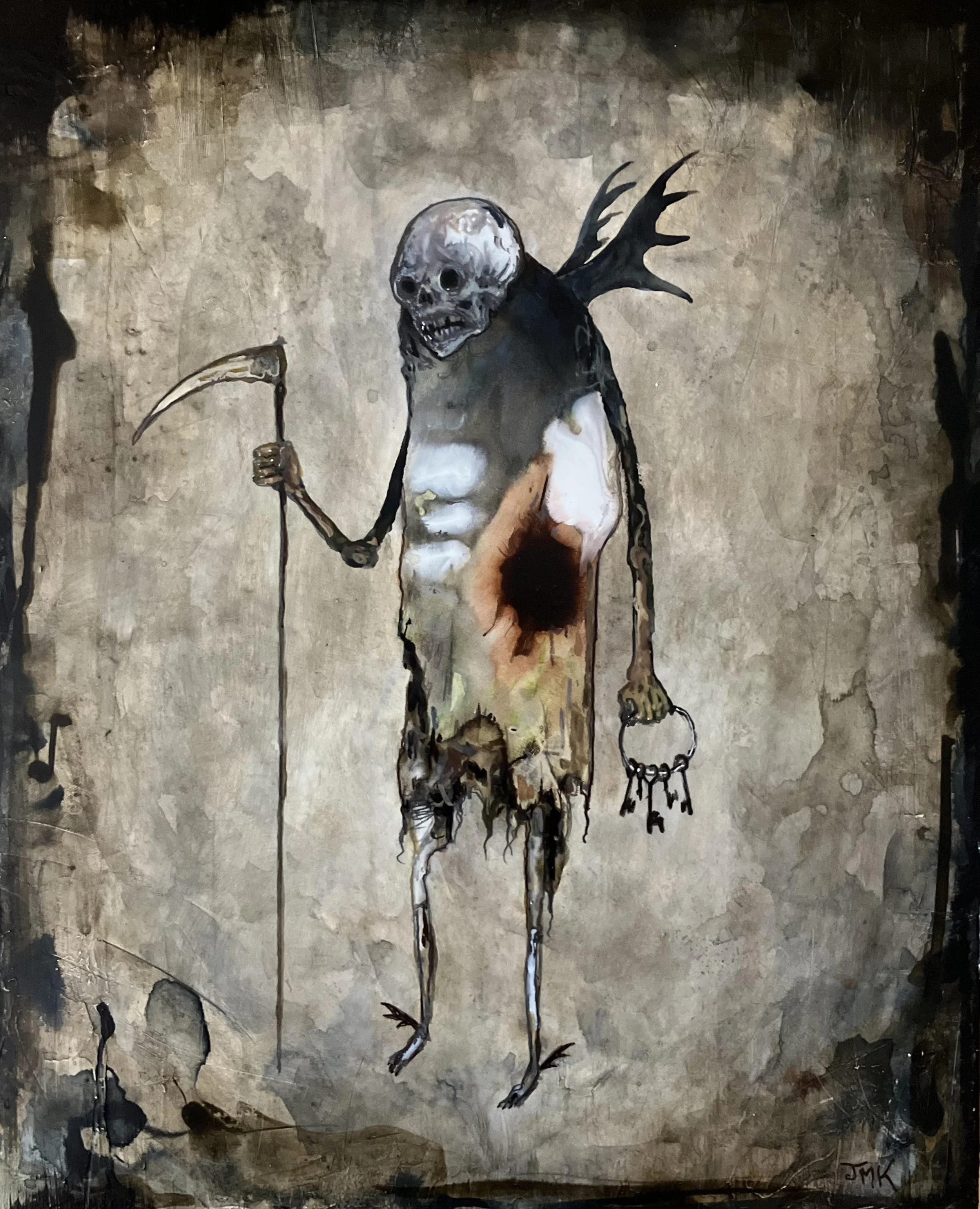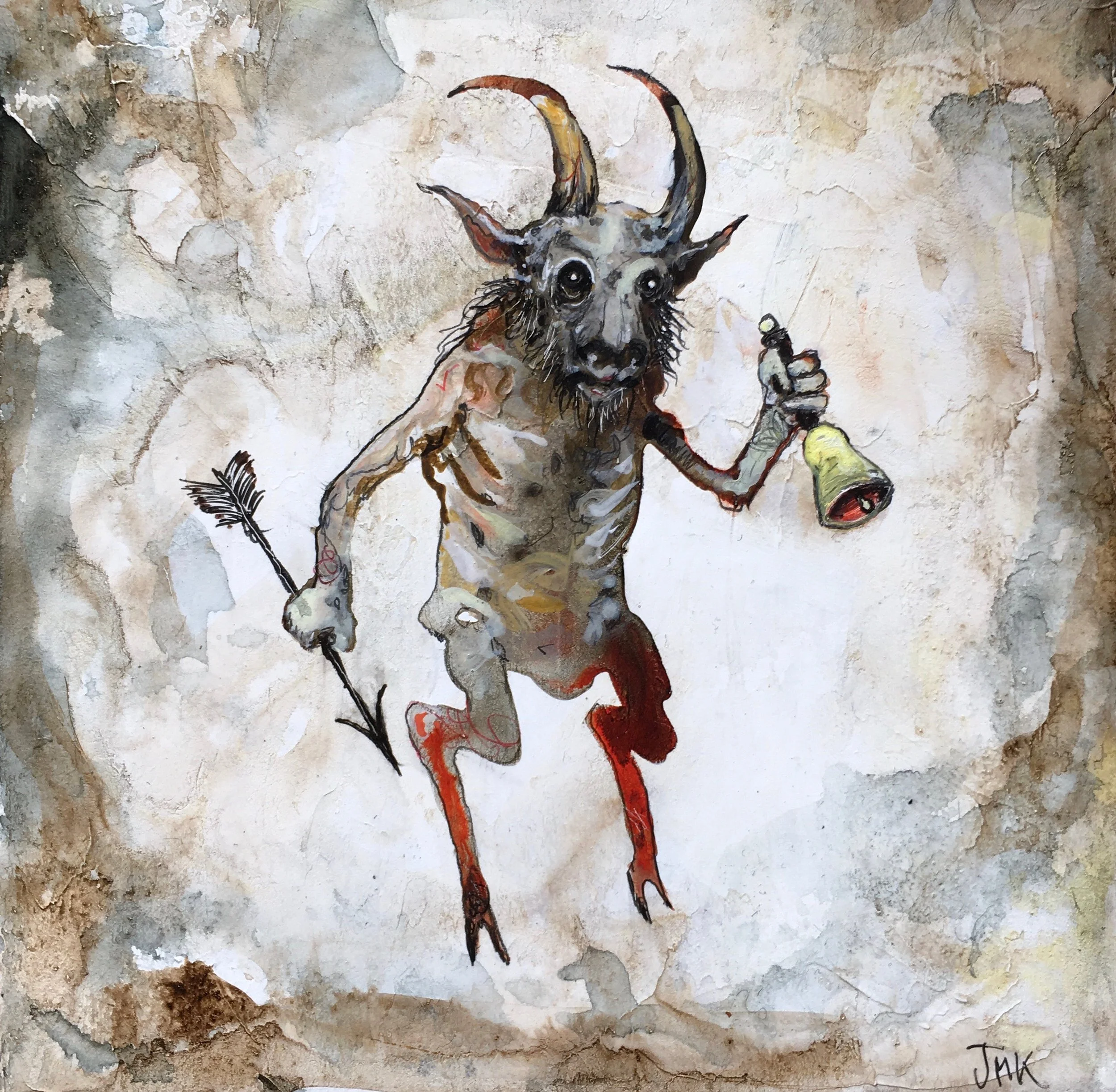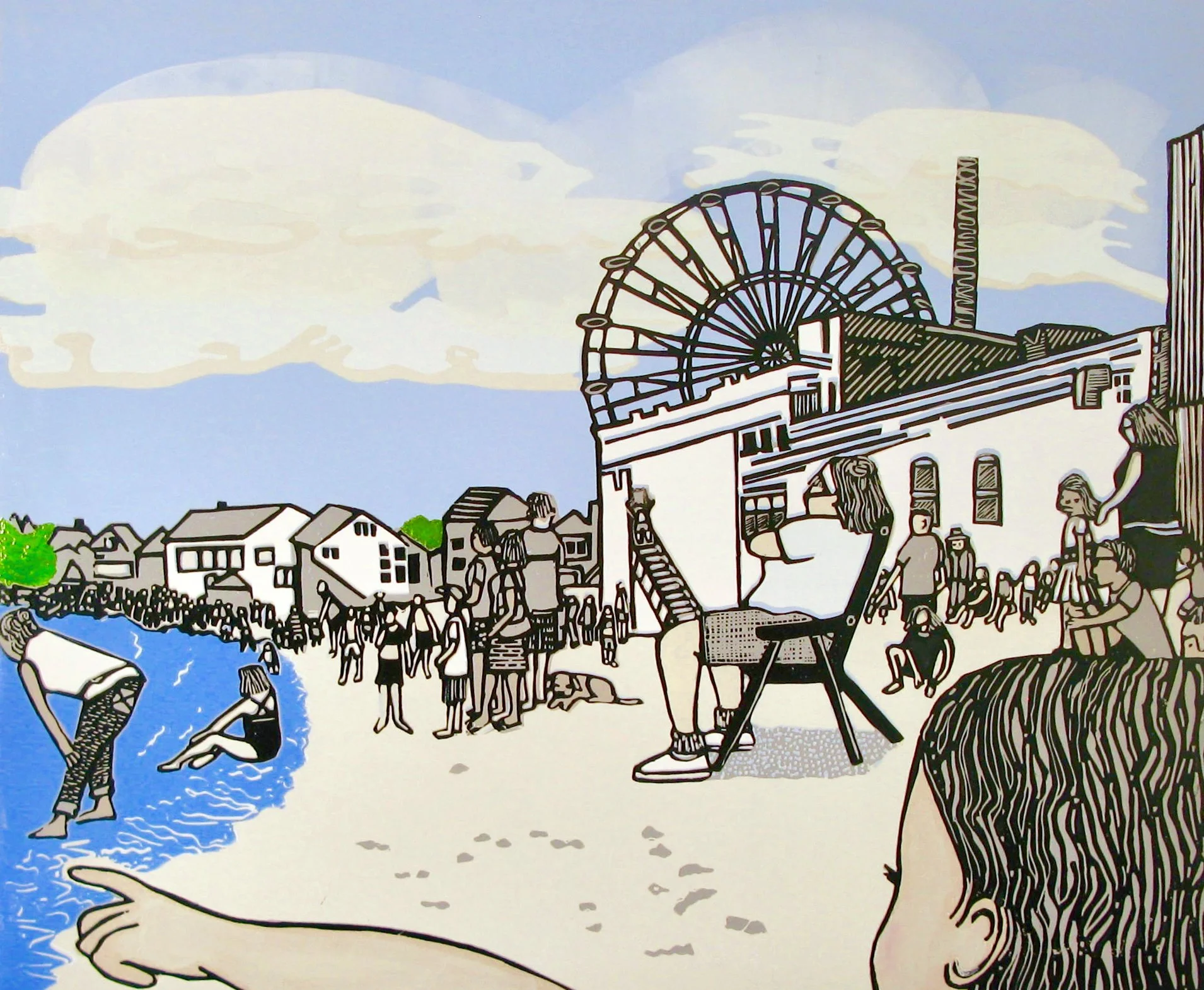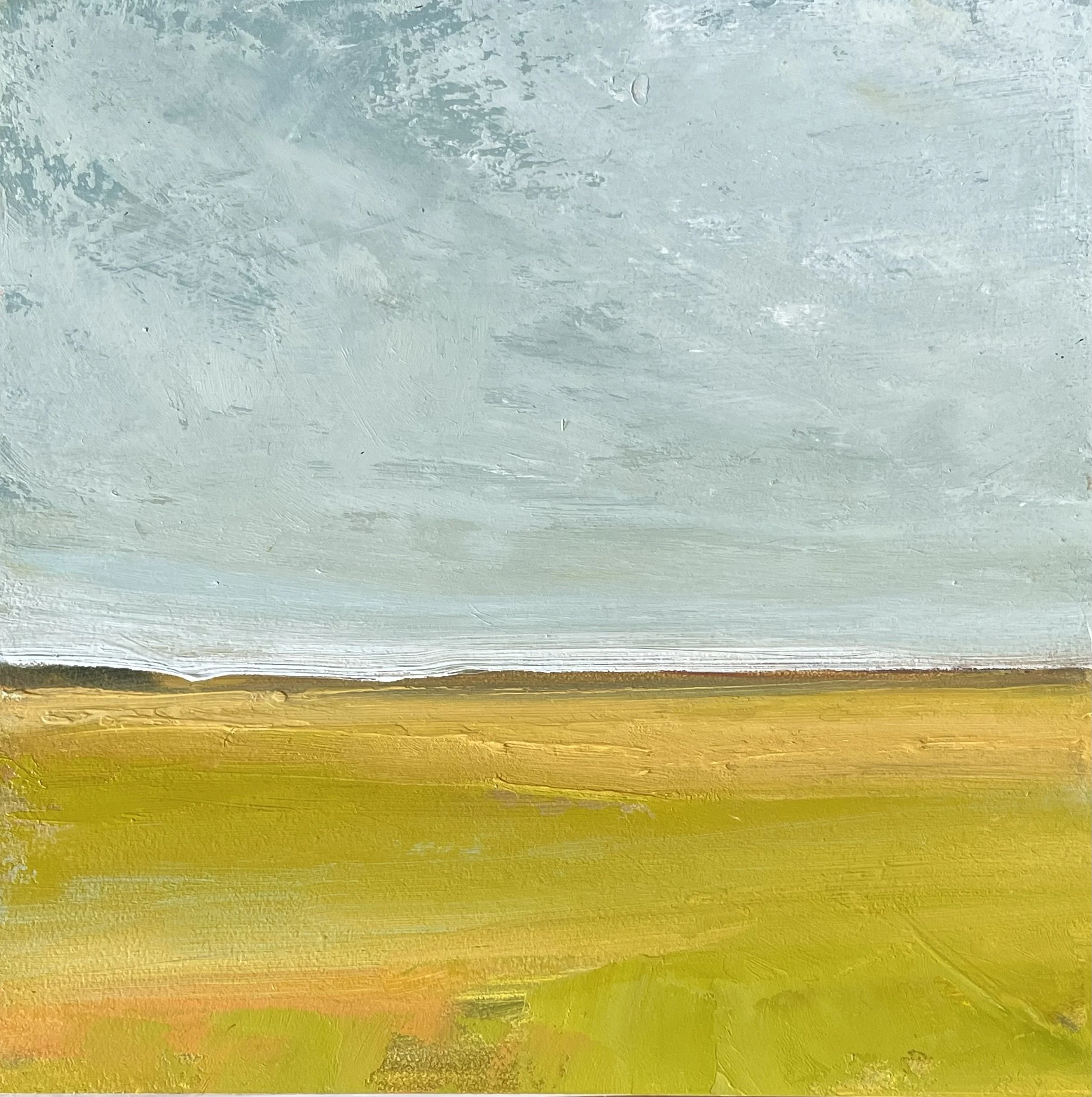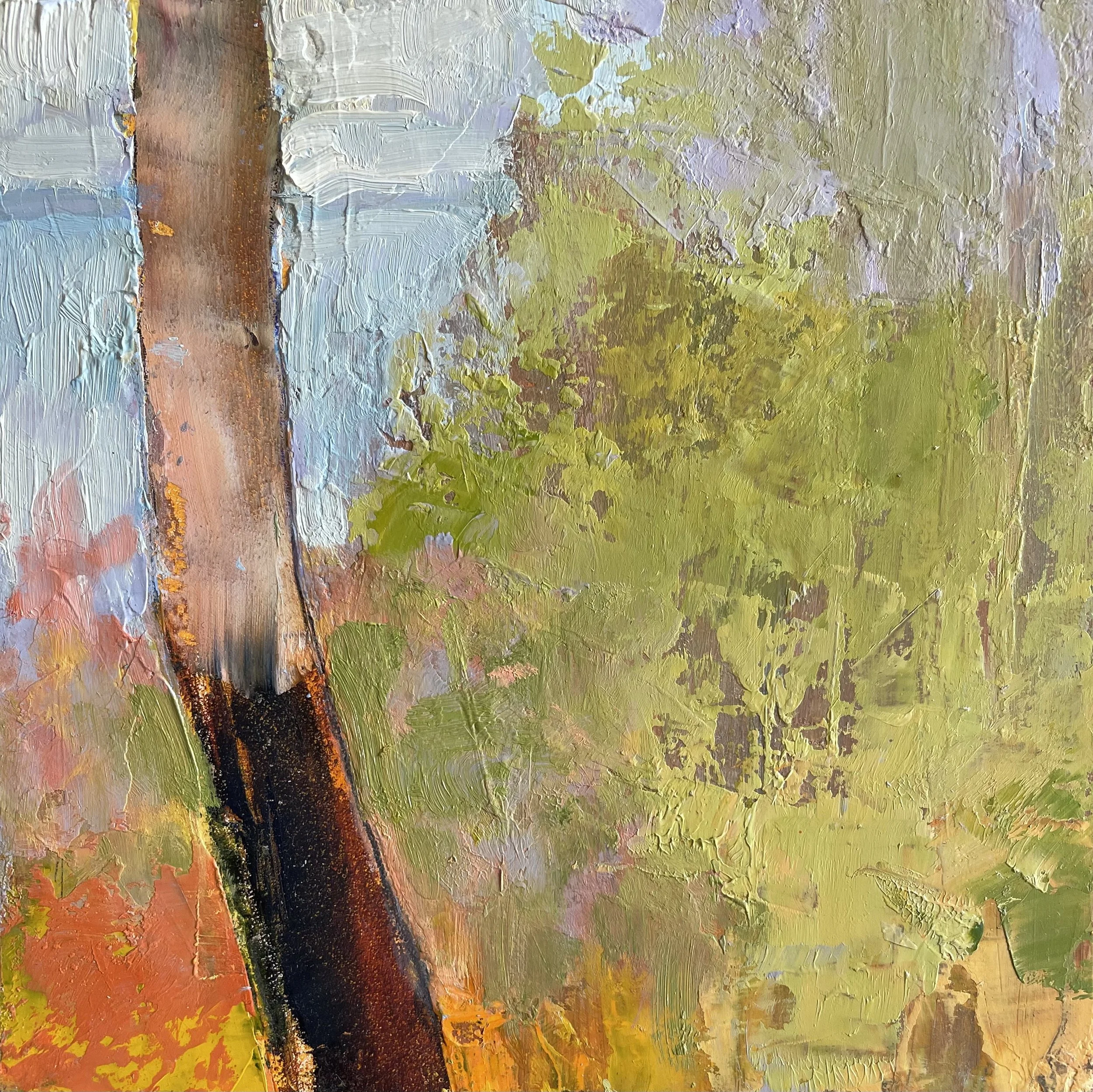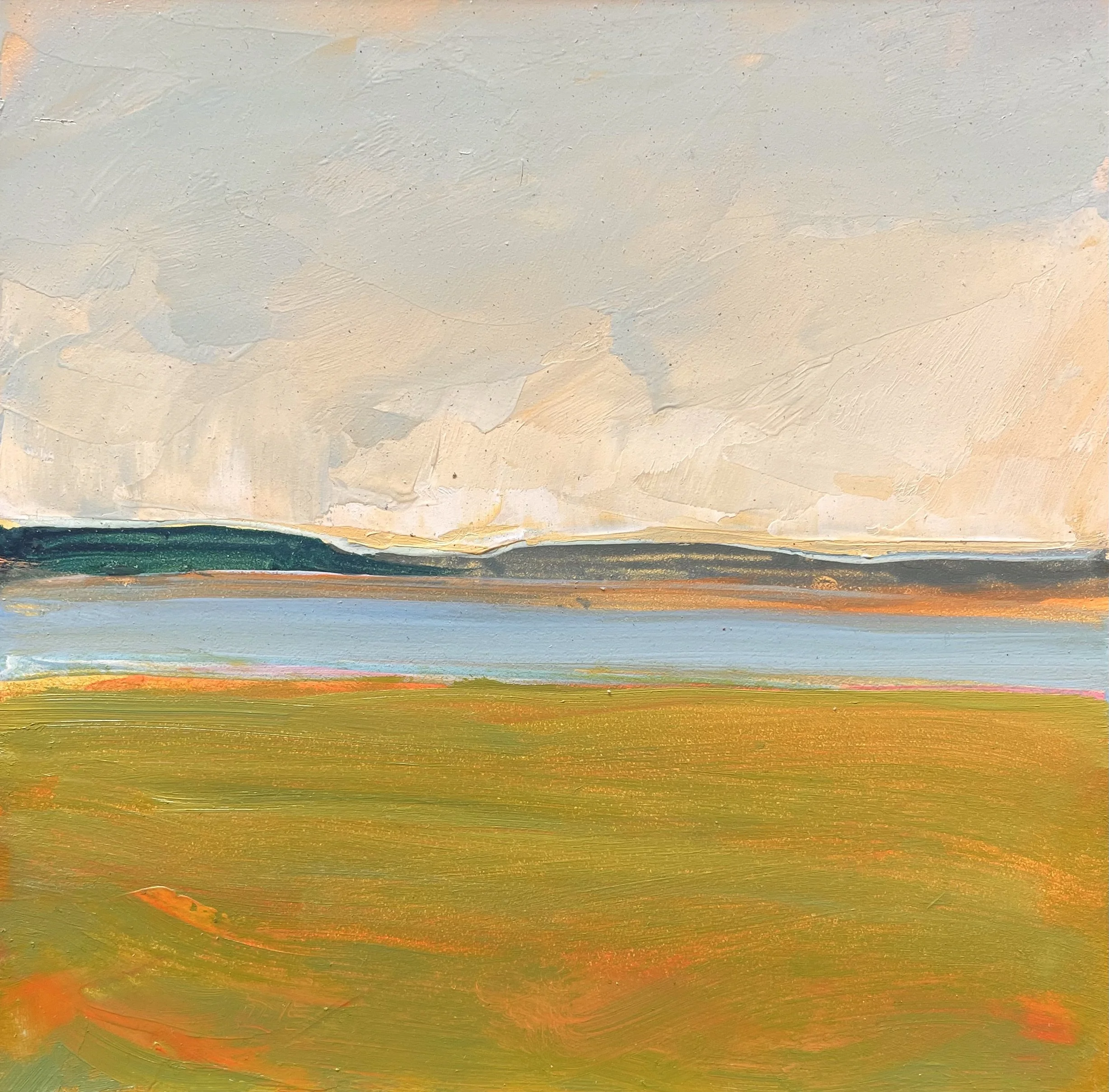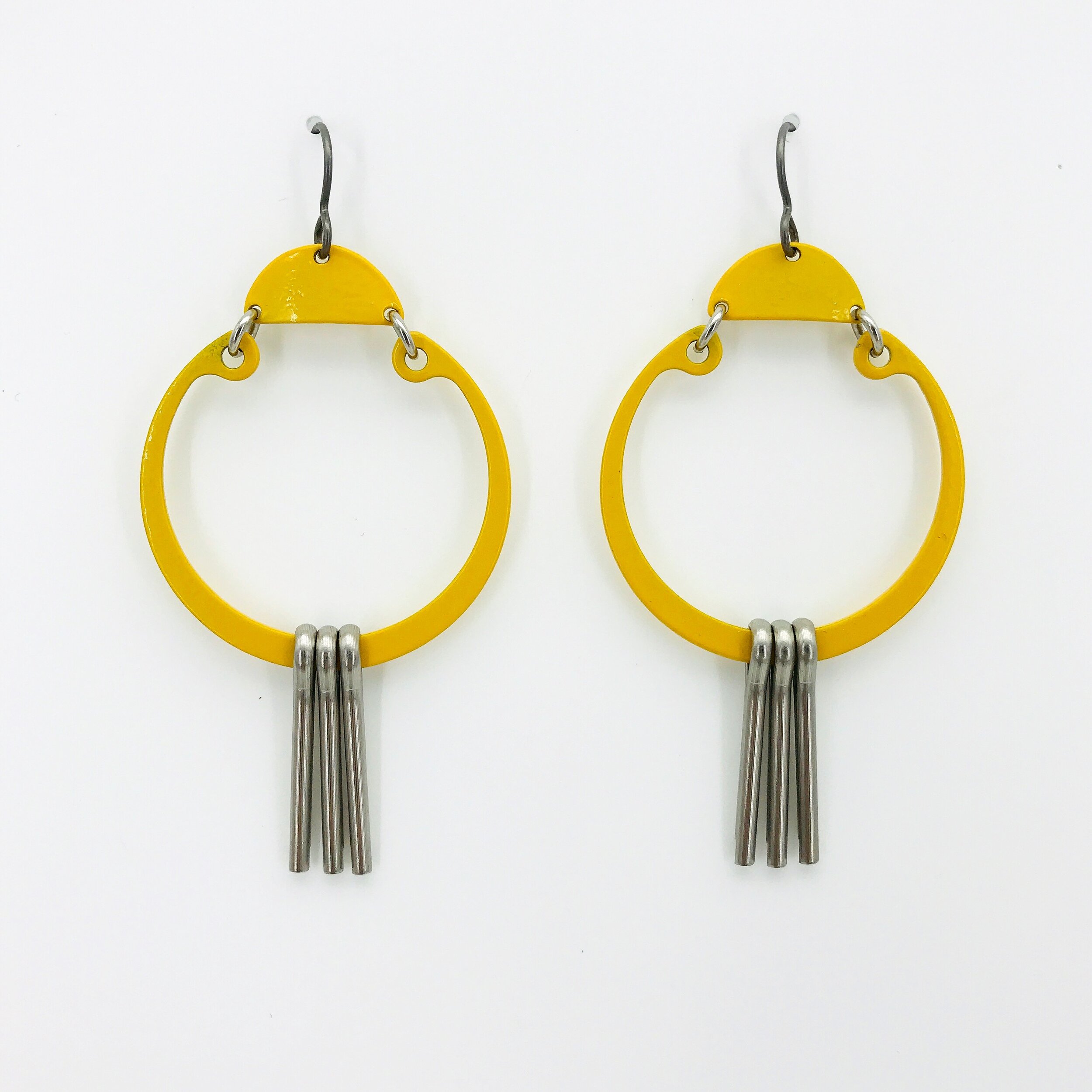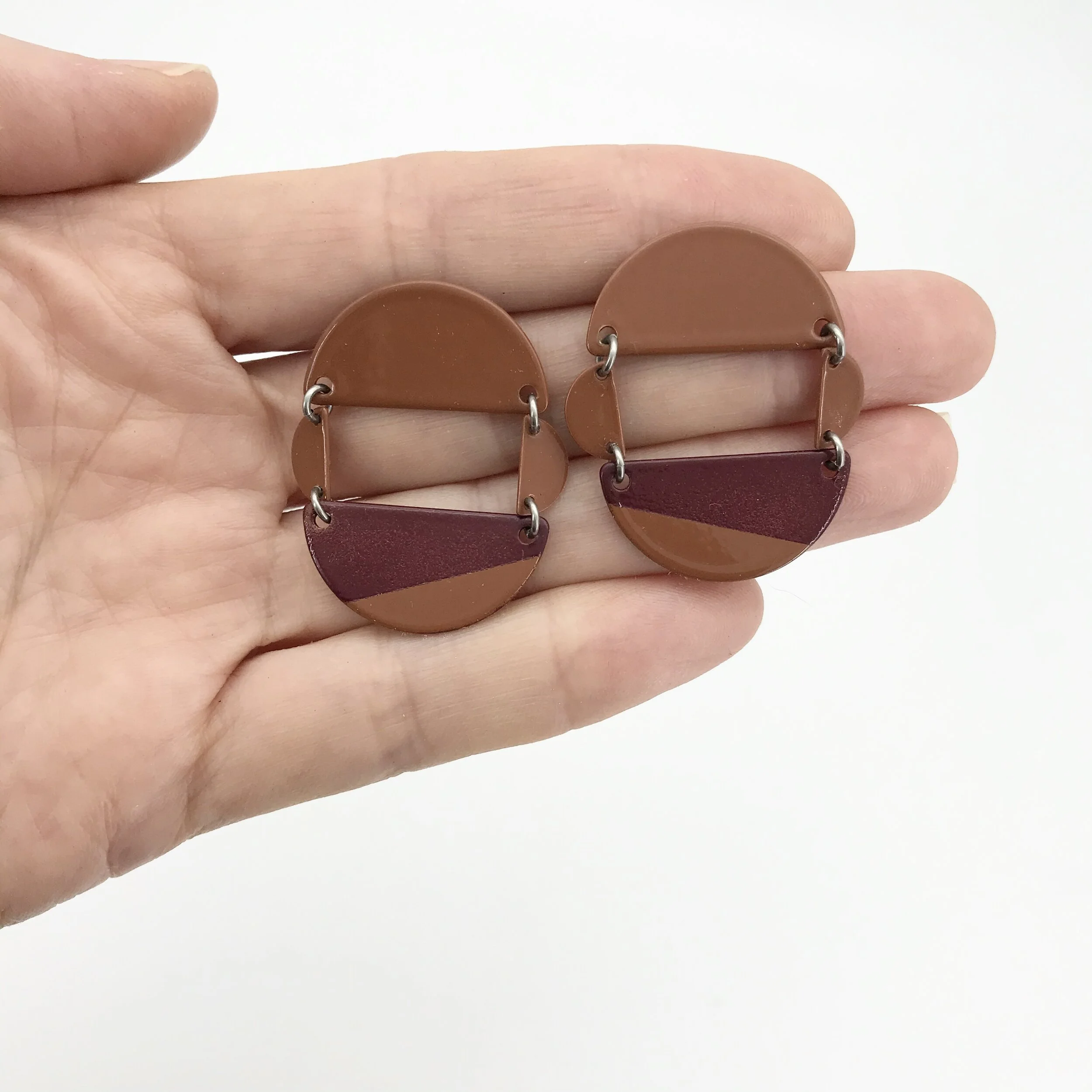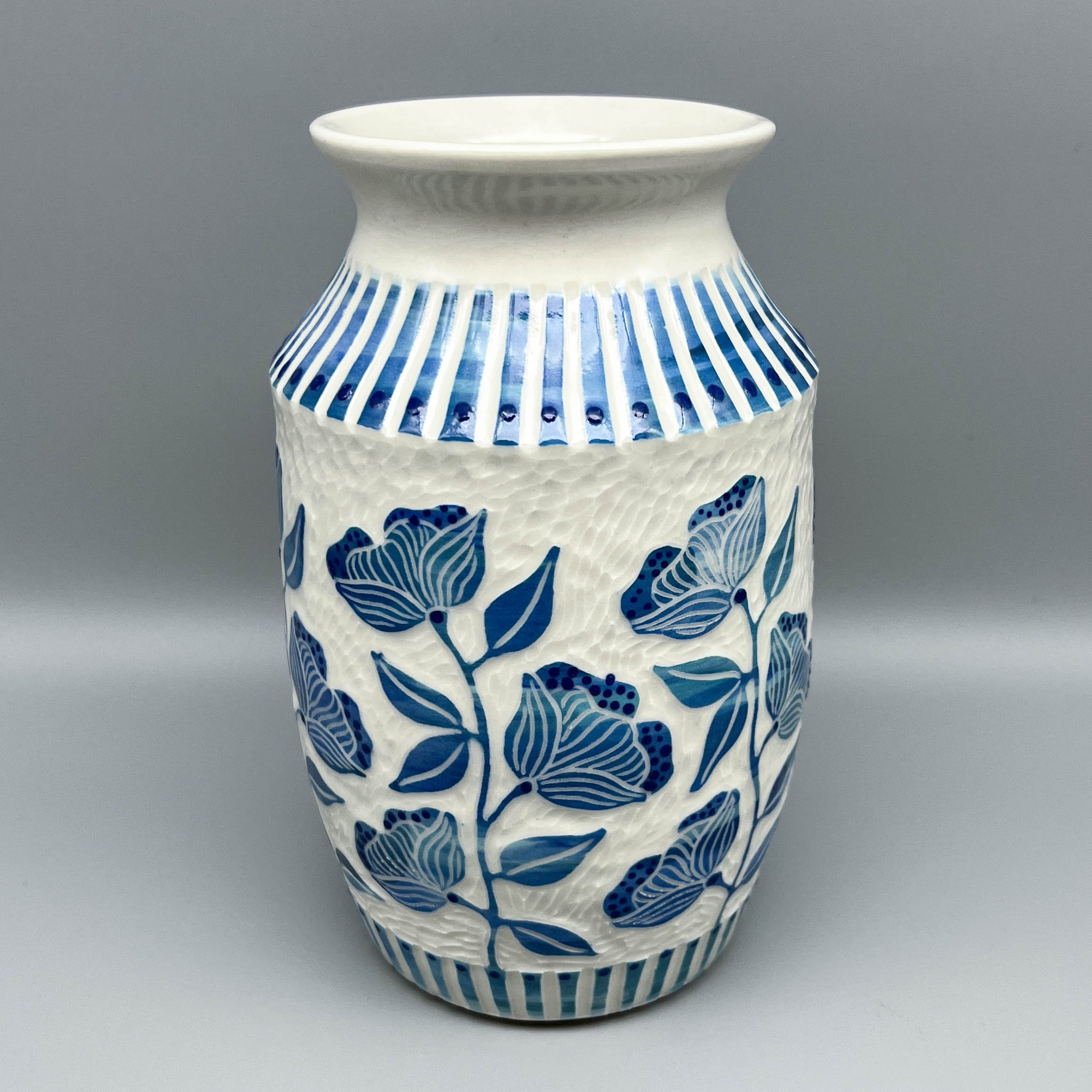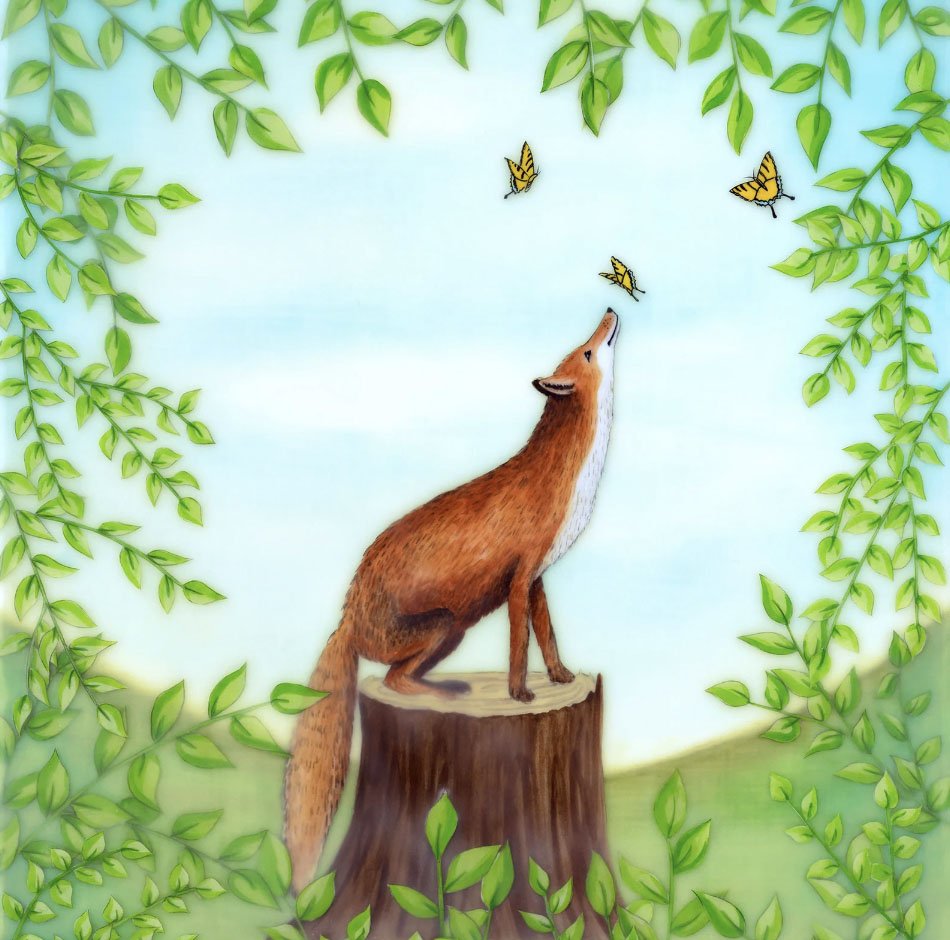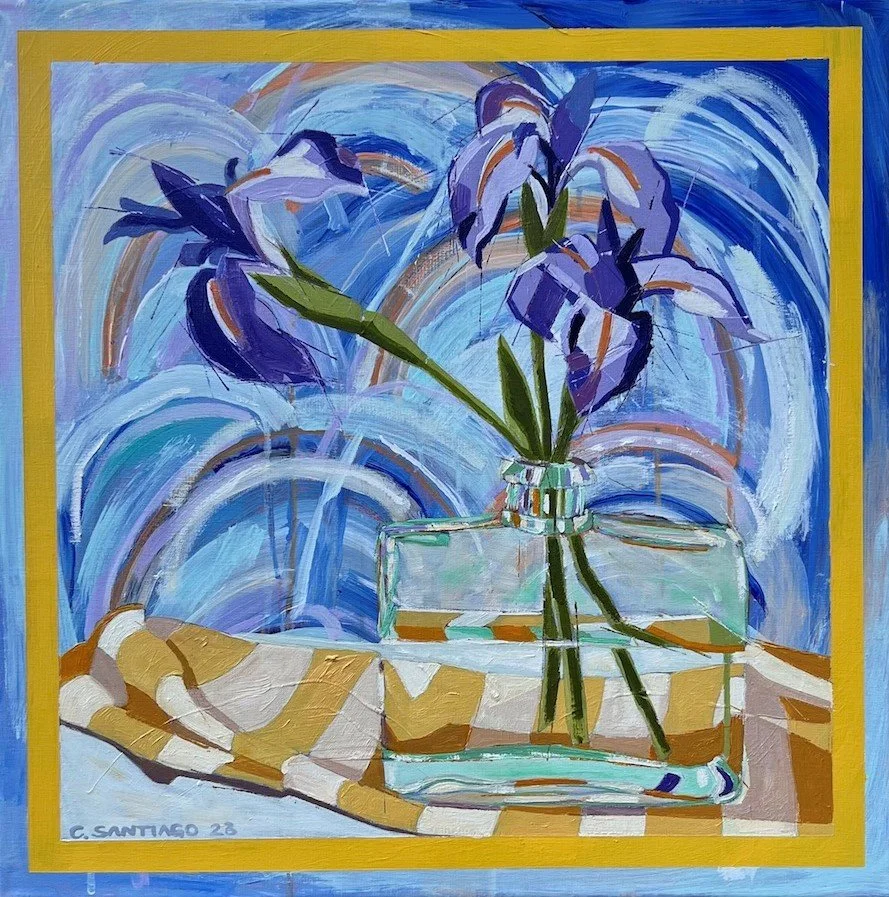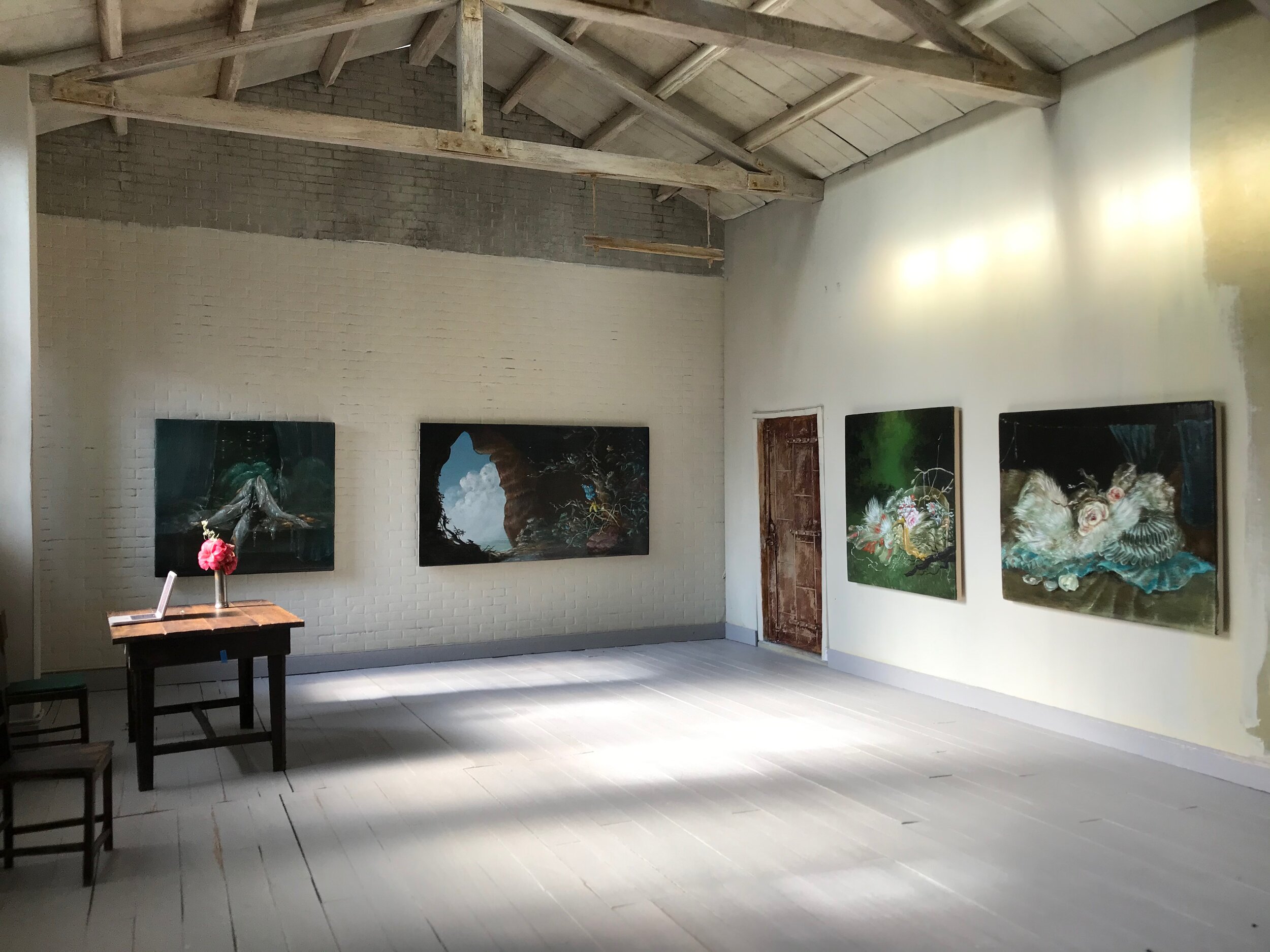ABOUT
13FOREST Gallery has marked the past two presidential inaugurations with an exhibition titled Transition of Power. The goal of the exhibition is to highlight a diversity of artistic responses to the turnover of political power in the American government. Following the most contentious presidential election in recent history, we are once again turning to artists to provide perspective on the transition from the Trump administration to the Biden administration. We are looking for work that addresses the breadth of political issues that arose during the Trump presidency, and especially the historic events of 2020, from the Black Lives Matter movement to the COVID-19 pandemic.
From Transition of Power: 2017 - Ted Ollier, Pernicious Nostalgia, edition of 27, letterpress on paper
SUBMISSION GUIDELINES
To submit a proposal for new work: send a sketch and description of how the finished piece will appear by the submission deadline
For work that already exists: please submit images of the finished piece and a brief description of the materials and intent/content of the work
Artwork must have been created within the past four (4) years
Artwork cannot have been shown before at 13FOREST Gallery
Two-dimensional work preferred; some sculpture will be considered
Maximum of three (3) submissions per artist
Size requirement: 36" x 36" or smaller preferred; some larger work will be considered
Artist must reside in New England
Please include a short biography, website links, resume/CV, and contact email address with your submission
Send submissions via email to info@13forest.com
DEADLINE FOR SUBMISSION
December 19, 2020
EXHIBITION DATES
January 20 – February 19, 2021
LOCATION
13FOREST Gallery, 167A Massachusetts Ave, Arlington MA
IMPORTANT DATES
Sat 12/19: Submission deadline
Tue 12/22: 13FOREST will notify artists if their submission has been chosen
Sat 1/2: Submit images (if you want to be included in press release)
Sat 1/9: Submit images of finished work
Thu 1/14: Drop off work at gallery - framed, wired, ready to hang
Wed 1/20: Opening day
ABOUT 13FOREST GALLERY
13FOREST Gallery searches New England for outstanding artists - established and emerging - to offer the very best in original art and contemporary craft. We are a dynamic gallery space that features rotating exhibitions every 6 to 8 weeks, as well as a number of public programs designed to inform and inspire creative minds.





